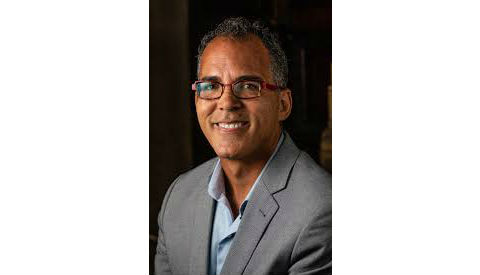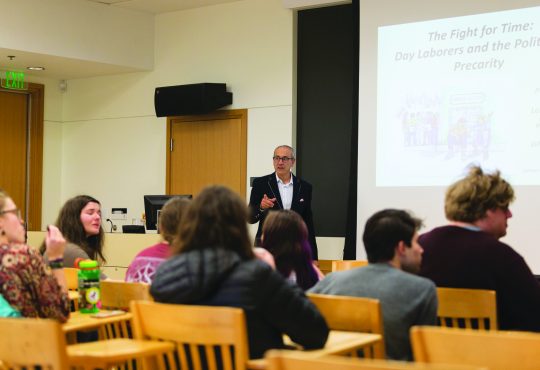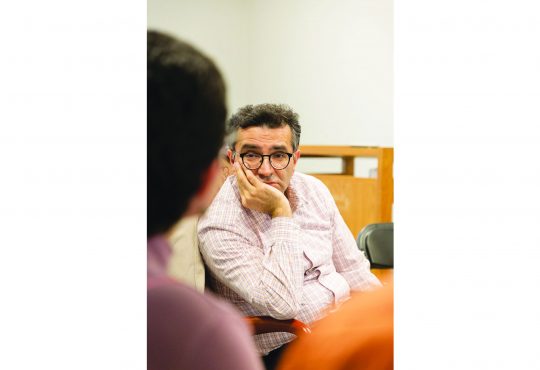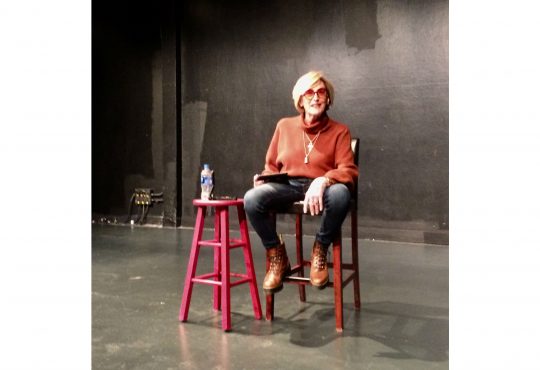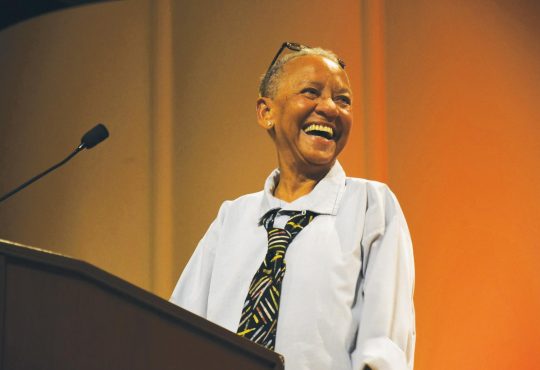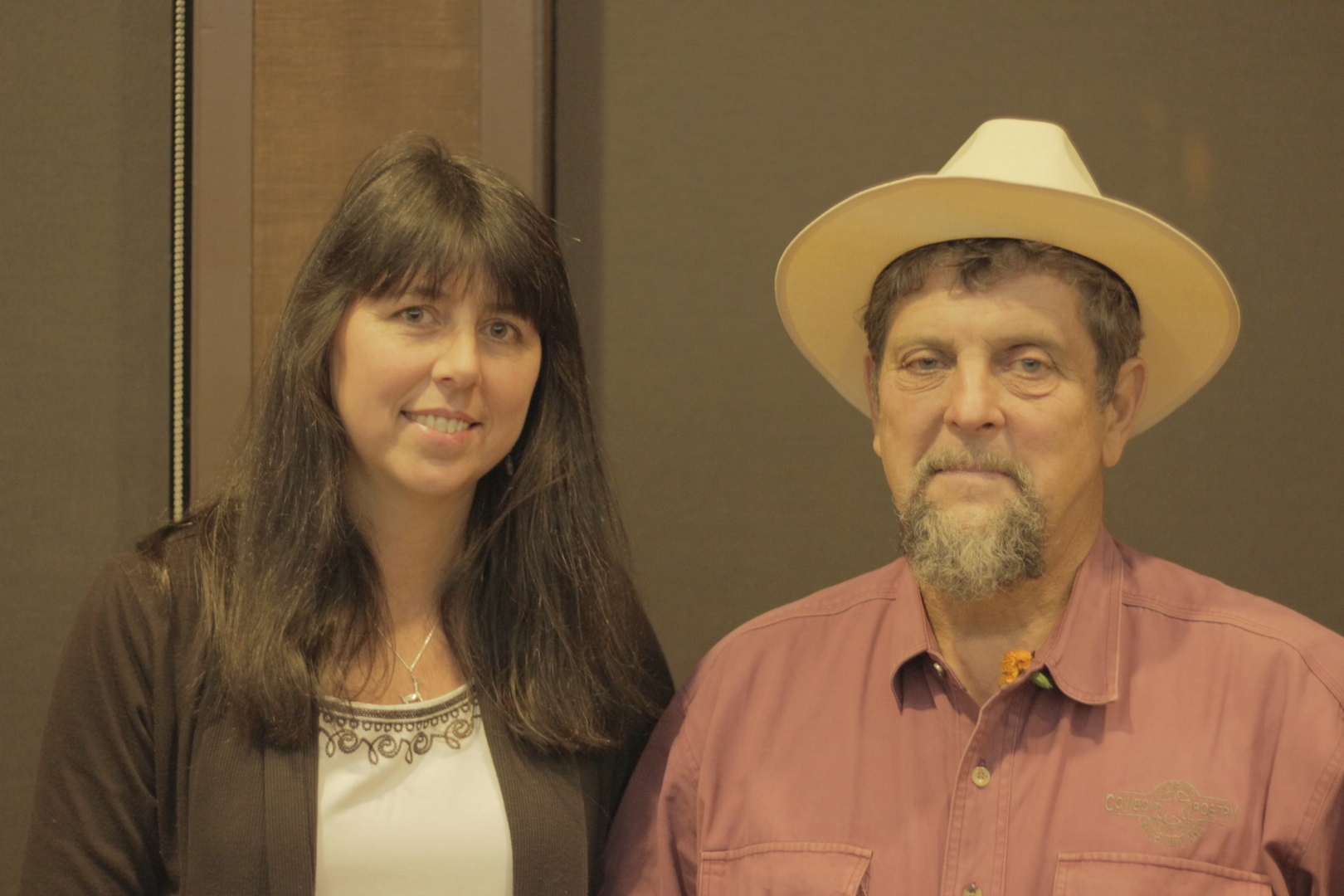
“All will come again into its strength:
the fields undivided,
the water undammed,
the trees towering and the walls built low.
And in the valleys,
people as strong and as varied as the land.”
—Rilke
This is the motto of Make Way For Monarchs, a ‘Milkweed-Monarch Recovery Alliance,’ which is co-facilitated by Dr. Gary Paul Nabhan.
Last Wednesday, Oct. 8, Nabhan gave a talk titled “Milkweeds and Monarchs” for the Puget Sound community. He spoke about the declining population of pollinators and their importance to the health of our environment. The award-winning agroecologist and nature writer had worked throughout the week with a seminar class taught by Puget Sound Professor Denise Glover.
“I thought immediately of Gary to give a workshop in this class because I so value the way that he writes emotively from empirically grounded research,” Glover said. “He shows us that ‘objective’ and ‘subjective’ points of view can be combined with important effect.”
Nabhan spoke of the recent decline of pollinators, specifically monarch butterflies. He spoke powerfully of how this species of butterfly has declined 90 percent in only the last two decades.
“We are in the most catastrophic decline in pollinators in the history of U.S. agriculture,” Nabhan said. “This is a conservation story about relationships, not individual species.”
Nabhan, along with the organization, aims to take the route of collaborative conservation. Rather than blame farmers or large companies for the damage, they are emphasizing the building of partnerships with them. Instead of protesting against herbicides or GMOs, they are going ‘pro-monarch.’
“I think it was important to bring to campus a discussion about a pressing ecological issue and how to solve such issues in a collaborative and cooperative way,” Glover said. “These are important models for students to see at work, and it is my hope that people were inspired by his talk to consider ways in which they could get involved in collaborative work on issues that they might be passionate about.”
The relationship between monarchs and milkweeds is intertwined and crucial. In addition to laying their eggs on milkweed plants, the hatched larvae eat nothing but milkweed at first.
On a larger scale, the milkweed plants provide essential ecosystem services for farmers as well as the insects themselves. And the population decline in this species and others such as honeybees is not just happening here. Nabhan noted that the honeybee ‘collapse’ is happening in at least 24 other countries around the world.
“This is on the order of passenger pigeons,” Nabhan said of the danger of the plummeting population.
His solution: to collaborate with each other.
“We can reverse damage through integrated agricultural practices that are more cost efficient for farmers,” he said. The organization’s immediate goal is to raise money for each state to plant hedgerows that will provide pollinators a steady and diversified food source throughout the season.
Nabhan explained that even a patch of just 20 milkweed plants can draw monarchs. The butterflies rely on these plants as the location to lay their eggs, so planting even a few milkweeds in different areas will have a positive effect.
How can college students make a difference for monarchs?
According to makewayformonacrchs.org, college students can help by understanding the problem, telling others and even staying involved by tracking the migration of monarchs online via Journey North.
“We should plant some milkweeds and other pollinator species on the University of Puget Sound campus!” Glover said.
Spread the word!

